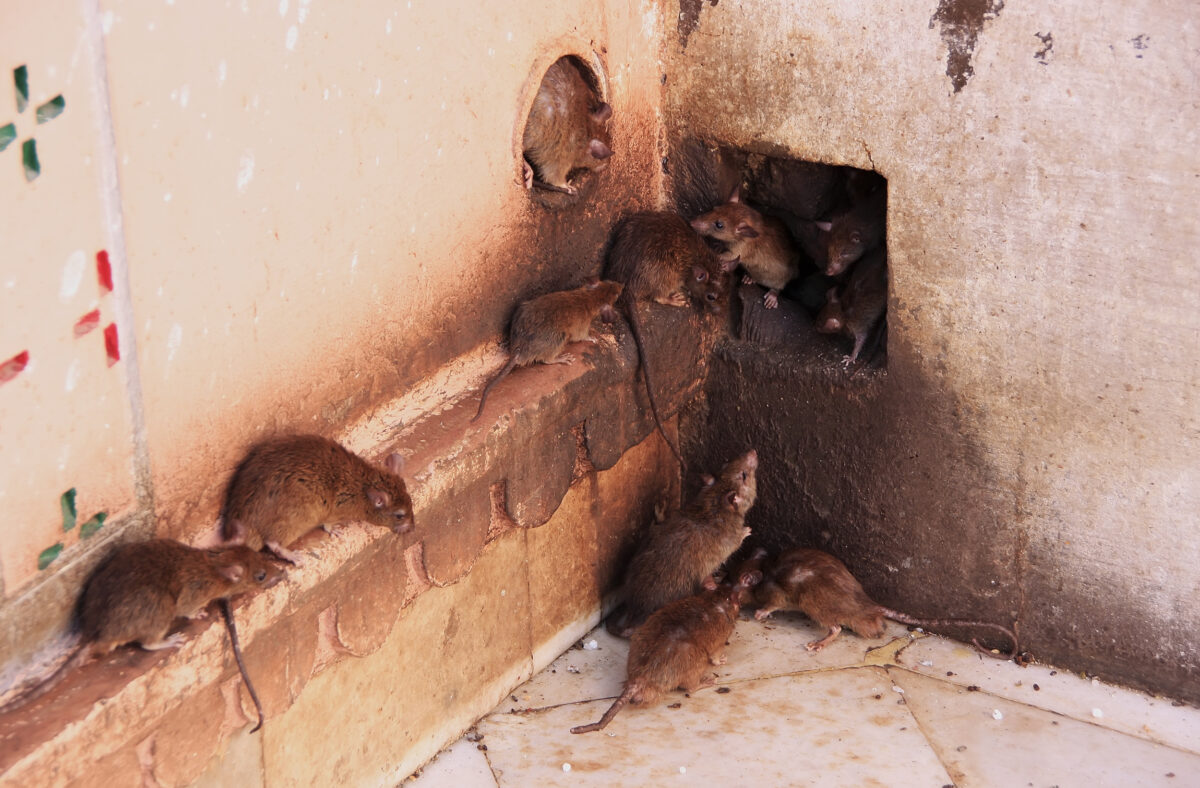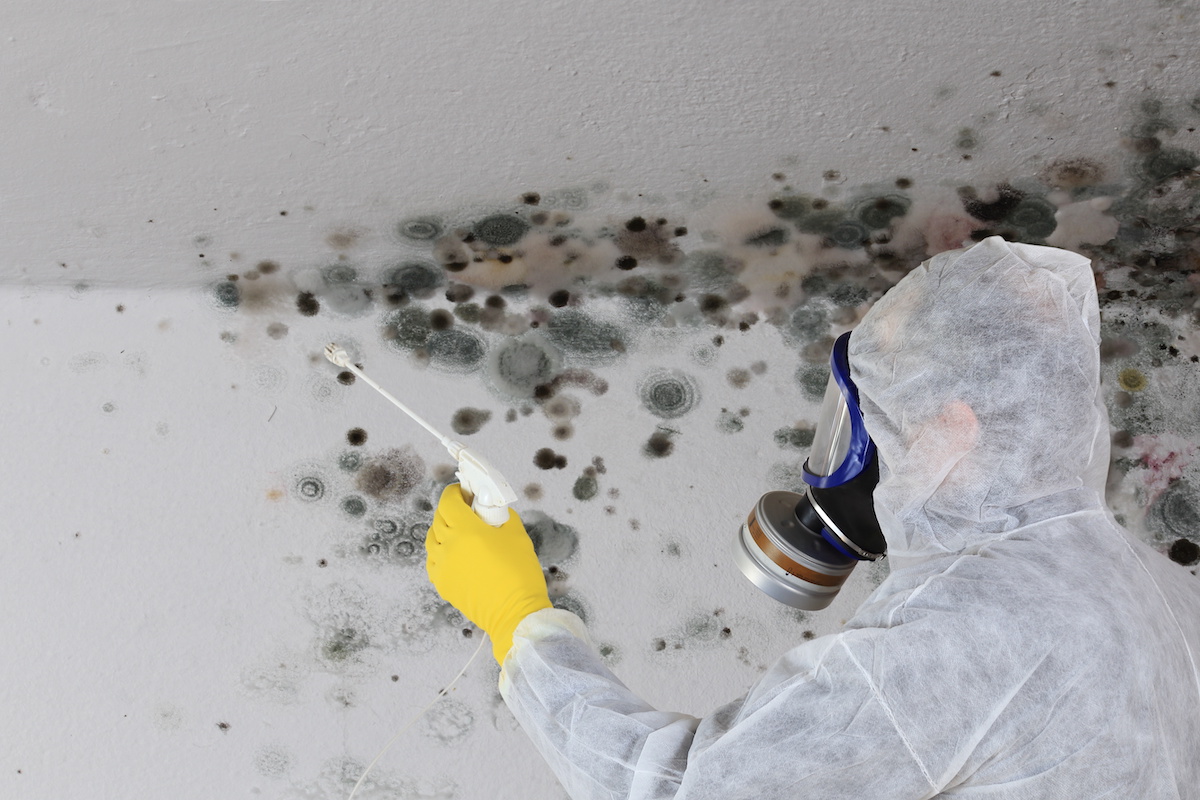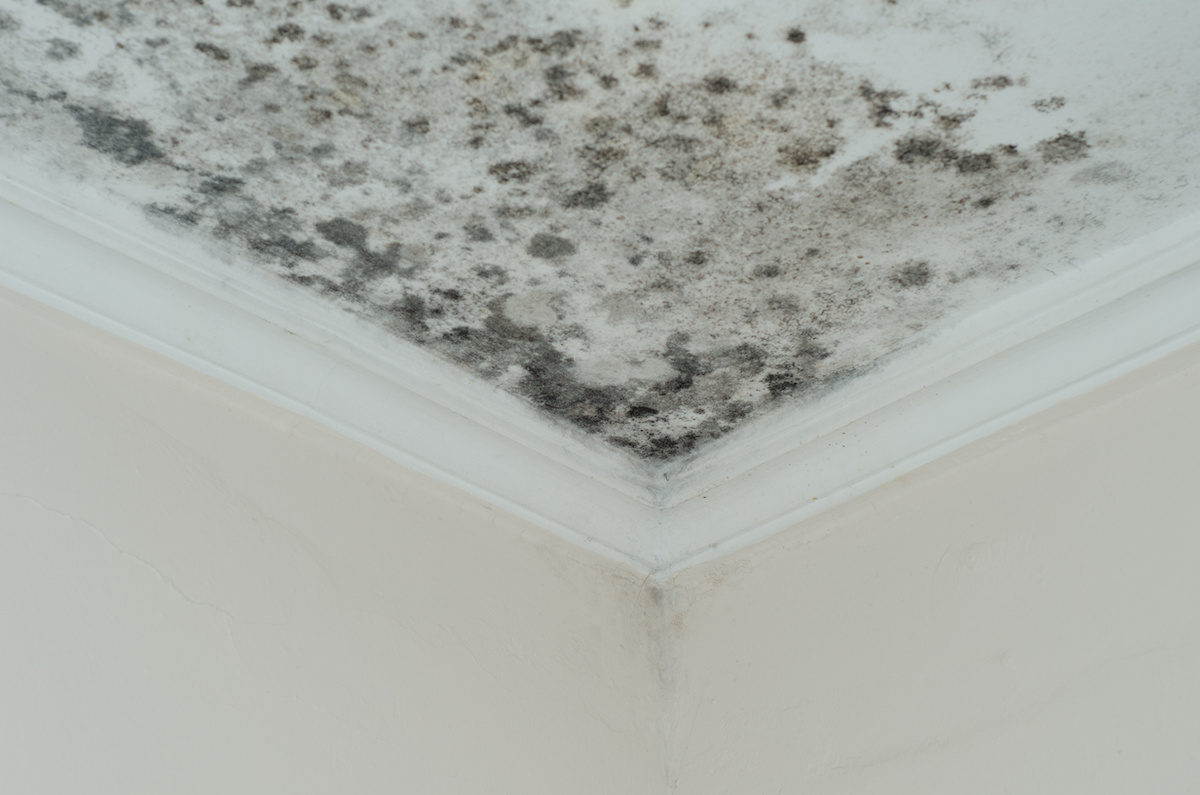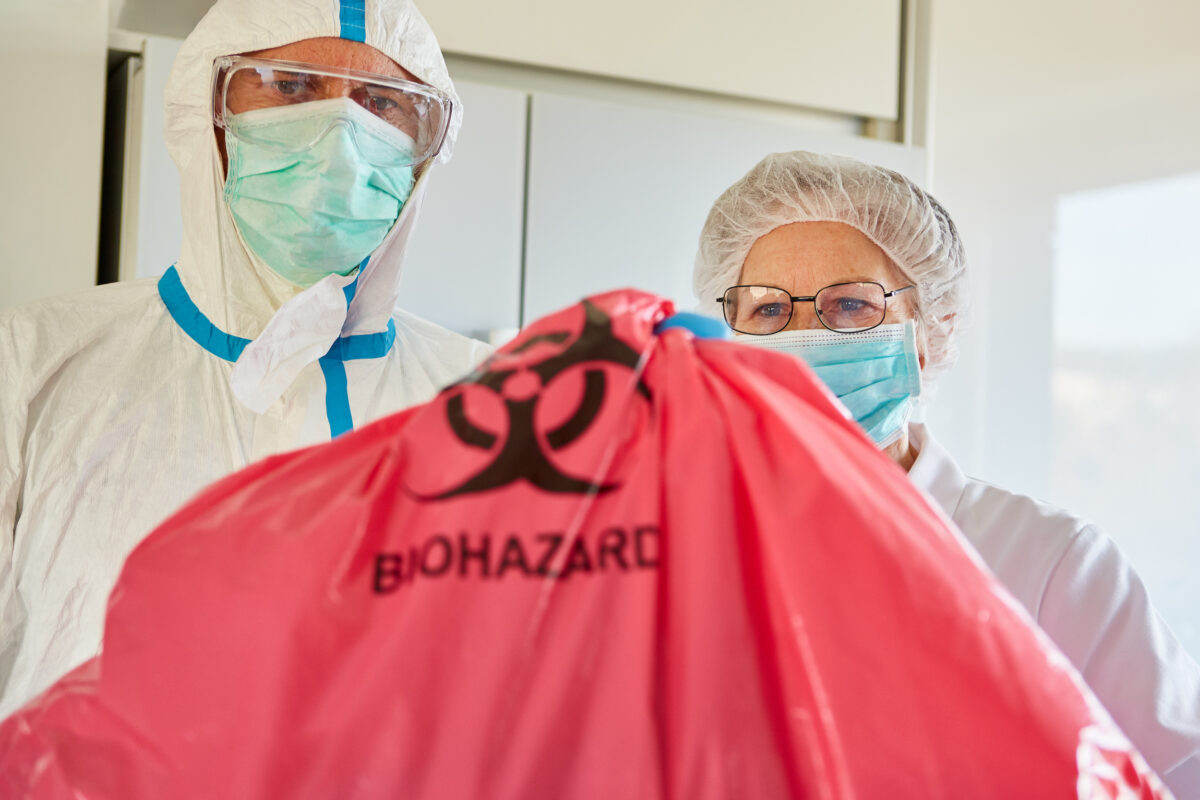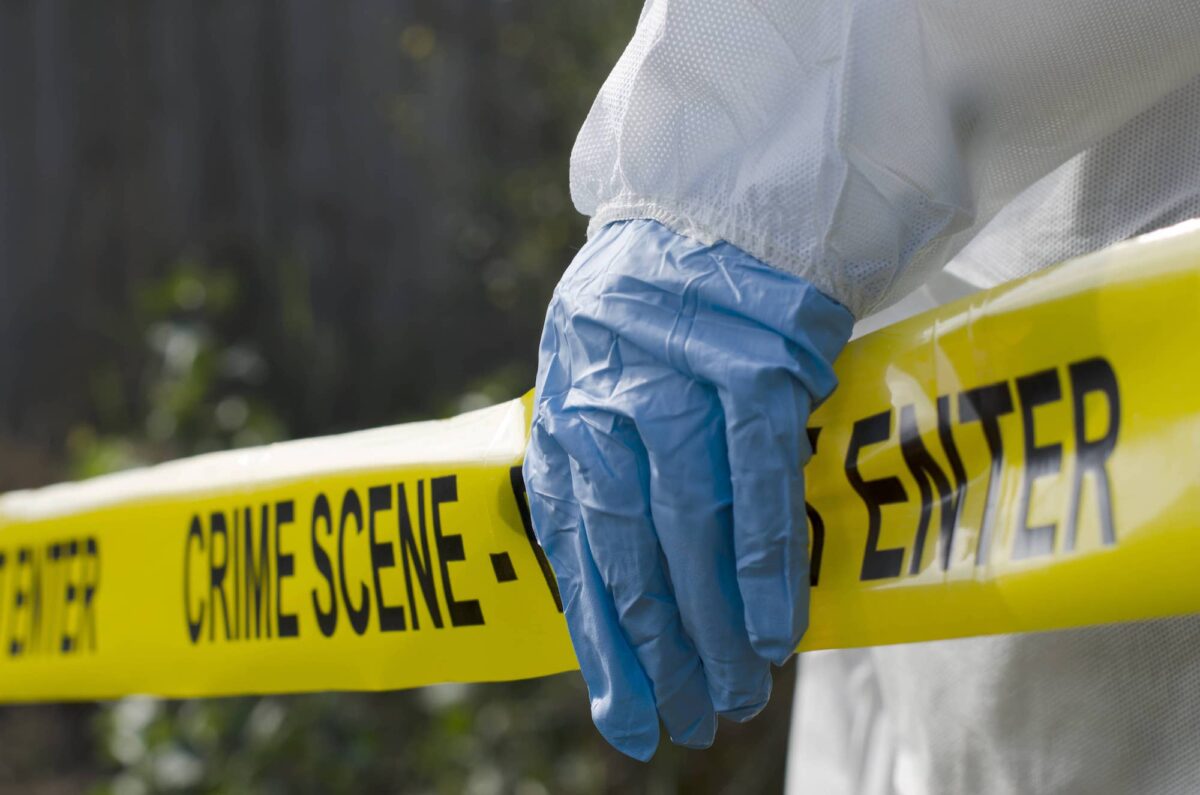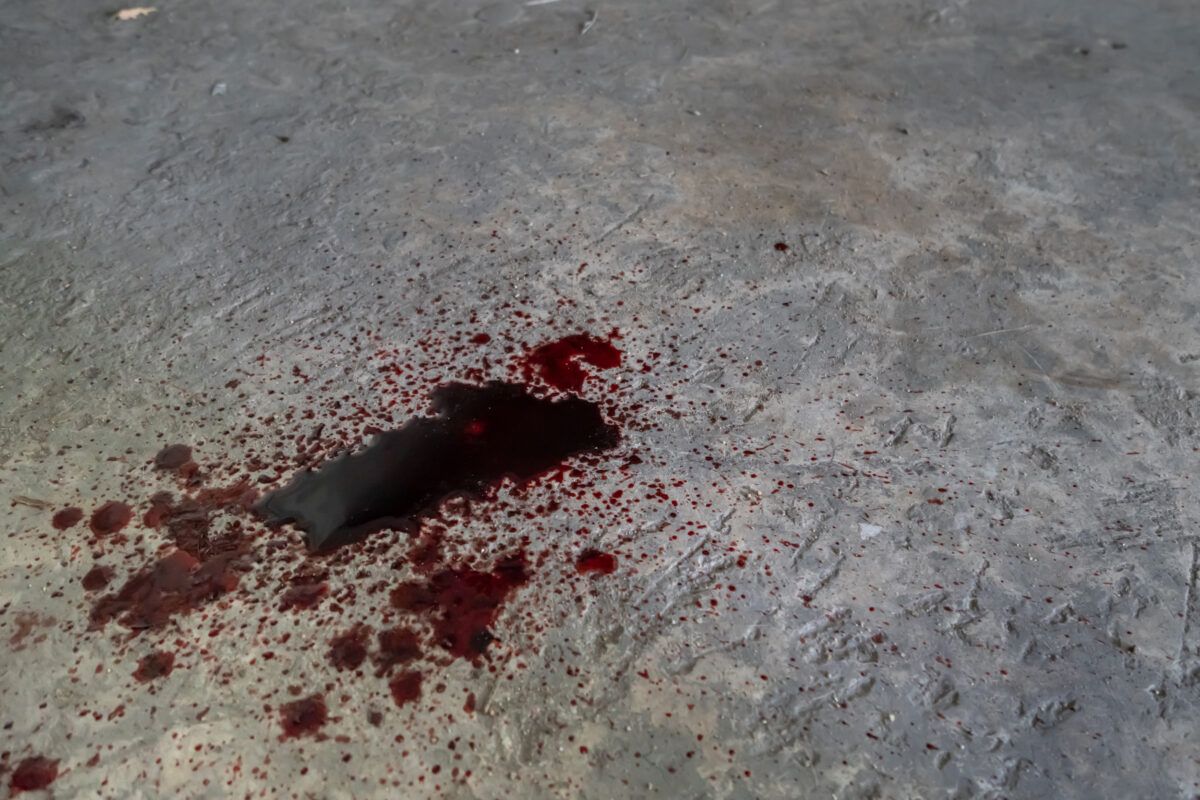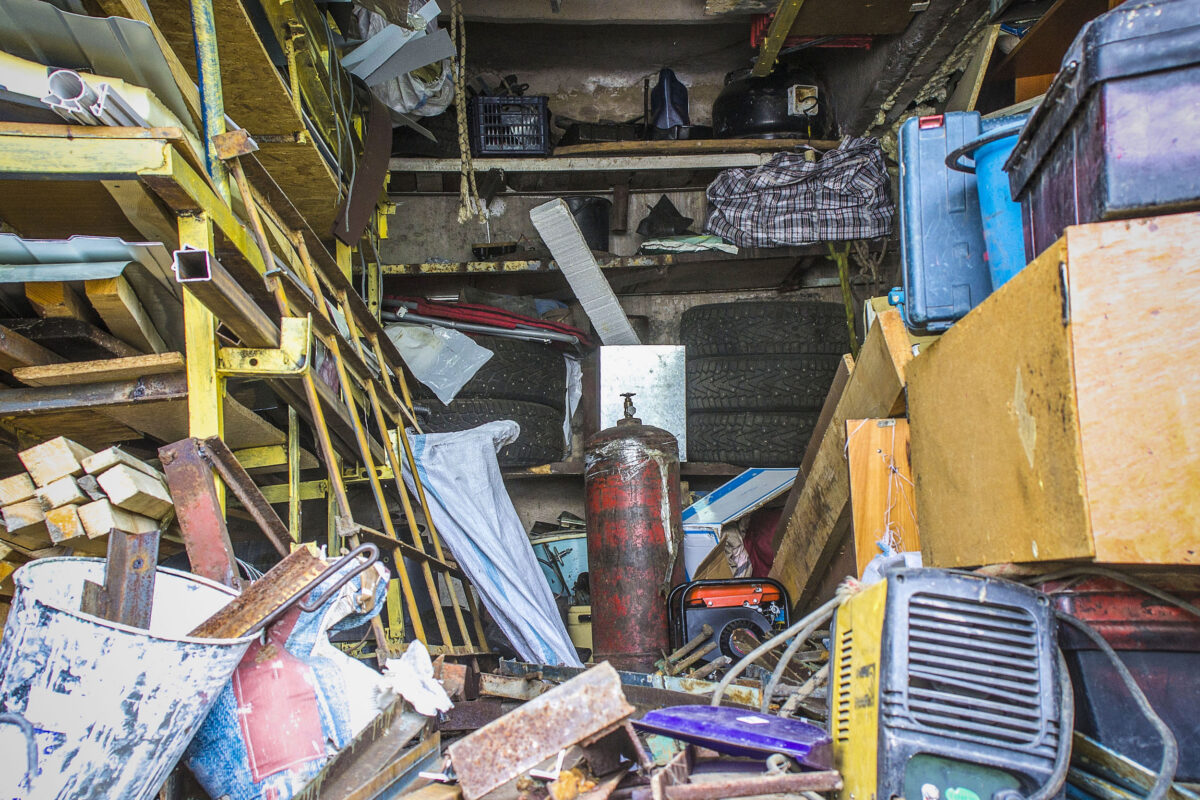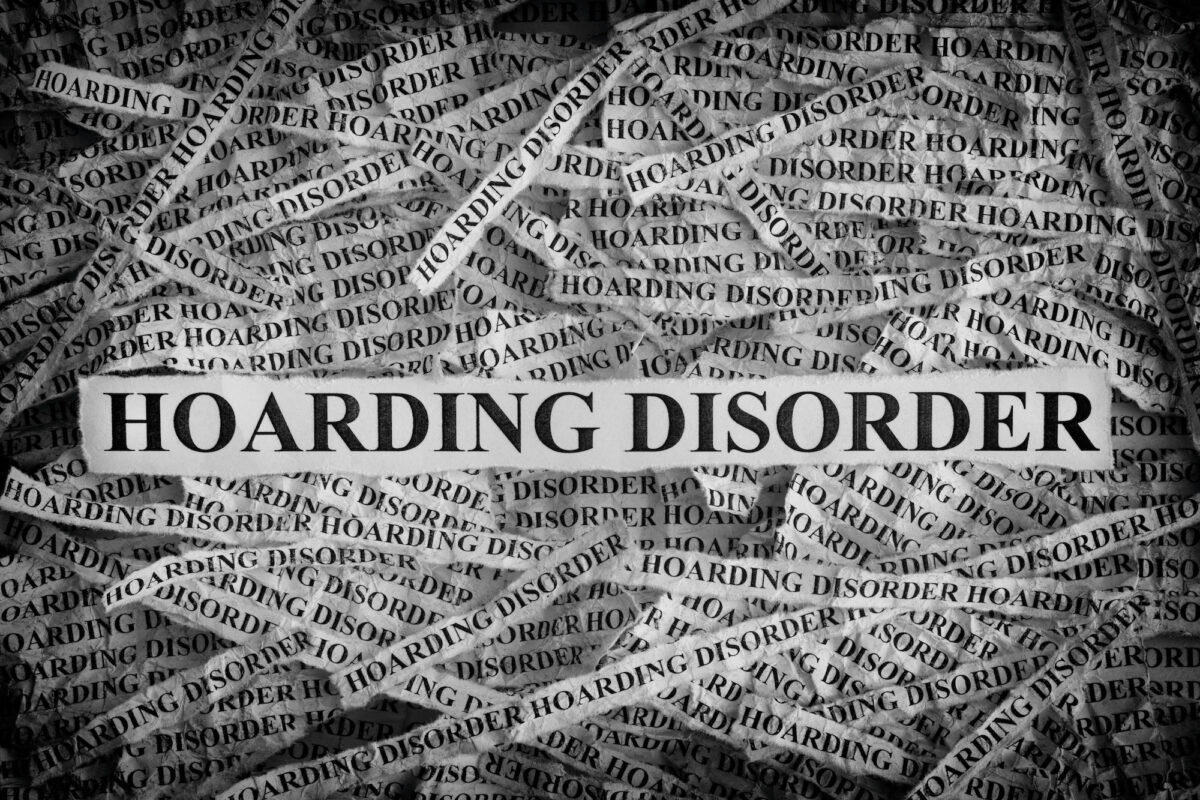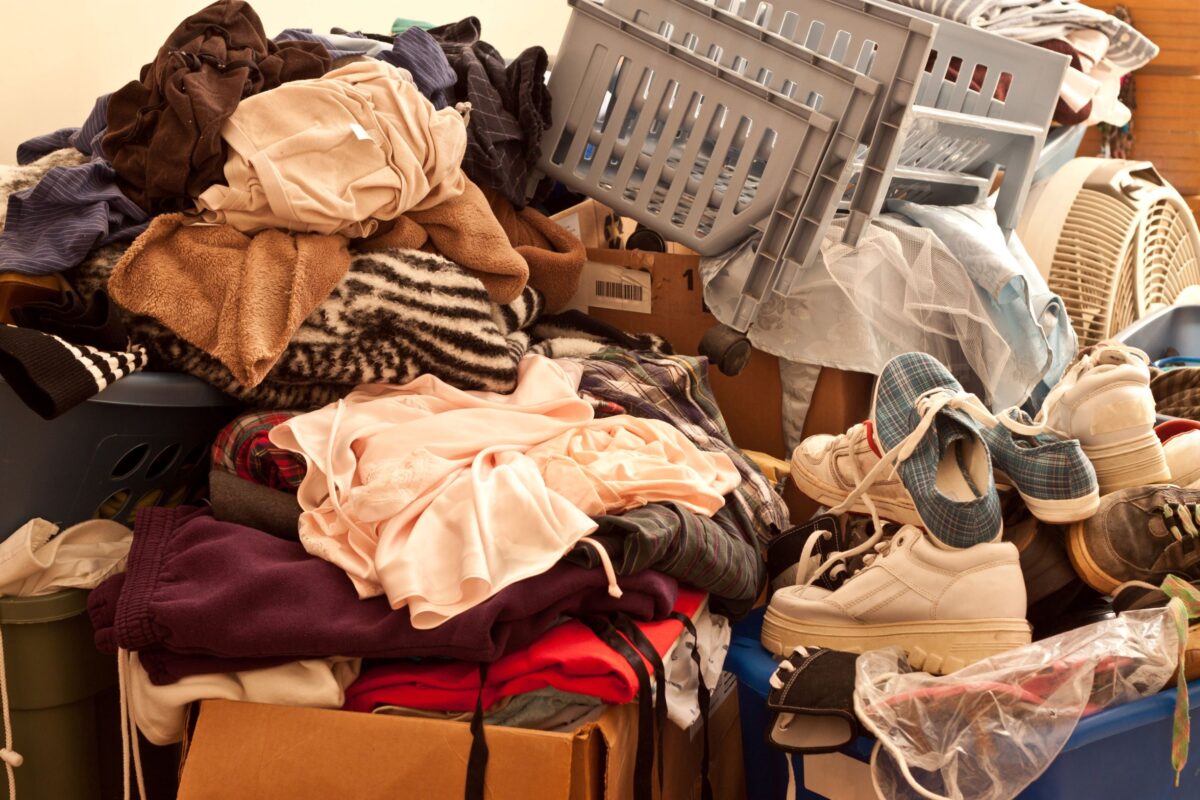If you’re rooting around in your attic for the first time in awhile you may have come across a mess – rat droppings YUCK! Now you’re worried, “Is this dangerous? Is it safe to clean rat droppings without gear? Isn’t there something terrible about rat droppings?” First, take a breath! We get it, finding a bunch of rat droppings in your attic is something nobody wants to deal with but believe it or not you may be able to handle this on your own!
Rat droppings and nesting material can hold infectious viruses so it is critical that before a clean-up is performed enough time has passed for that infectious matter to no longer be a threat. If there’s any concern, don’t hesitate to call in the professionals.
First let’s lay down some general info about cleaning up rat droppings.
How to Clean Rat Droppings
First, recognize whether this is something you can handle. While it may be safe to do with the right equipment and approach, not everyone can handle this kind of job and it might be best to get help, professional or otherwise.
Ok, ready?
Before you head into the attic to perform the cleaning, identify if this area is rodent-infested or if it is clear of them. The first step is to contain and end the active infestation. Trap the space and seal any entrances to the area. Trap for a week and once no more rodents are captured you can move to the next stage.
Before you start cleaning the area, first allow the space to ventilate. Open up doors and windows, creating cross-ventilation if possible, and leave the area open for at least a half hour. This will let fresh air work its way in and replace the stagnant air.
First – Urine and Droppings
It’s crucial that when you start cleaning up the droppings you don’t stir up a mess by vacuuming or sweeping the droppings. This will stir up dust and particles and kick them into the air – you don’t want that.
Put on rubber, later, or vinyl gloves and get to work. Spray the droppings and urine with either a bleach and water mixture or disinfectant and let it soak for at least 5 minutes. This soak, or dwell time as we call it, will ensure that any alive material is taken care of. If you’re using a commercial disinfectant or cleaner, follow all instructions on the label to ensure maximum effectiveness.
To make your own mix: use 1 part bleach to 10 parts water
Then, simply use a paper towel to pick up the droppings and dispose of the waste in the garbage. After all of the droppings have been removed, make sure to disinfect any items that may have been contaminated.
Next – The Space
With the droppings removed it’s time to really take care of the area, cleaning and disinfecting everything. Mop floors, steam clean carpet and furniture, wash any launderables that may have been contaminated.
After you’ve removed the droppings and cleaned and disinfected the space remove the gloves and thoroughly wash your hands with soap and water.
So how does this change when you’re working in attics?
When Cleaning in Attics, Basements, And Other Confined Areas
When you’re cleaning attics etc. you’ll want to wear gloves (rubber, latex, vinyl etc.) Make sure to wear a mask of some sort to provide protection against dust, molds, insulation fibers that will be in the environment (these won’t necessarily protect against any infectious viruses but its a start).
From there follow the previously outlined steps of using a spray on droppings and nesting materials using bleach and water solution or a disinfectant.
You may need to replace exposed insulation if that has been contaminated from the droppings. Put the contaminated insulation into a garbage bag for removal.
If you have storage containers or boxes that have been contaminated you need to approach them correctly and safely.
First take the containers outdoors and let them sit somewhere that is well-ventilated and exposed to sunlight. After they have aired out and been hit by sun, disinfect with a water and bleach solution or disinfectant.
Then, remove the contaminated materials to a sunlit and ventilated to help decontaminate them. Any cardboard boxes that have been contaminated should be thrown right out, but plastic, glass, or metal can be disinfected.
Cleaning rat droppings can be done safely, you just have to approach it from the right angle. If the situation is too much for you to handle, or if there are a lot of remains in the area (you’d be surprised) it might be best to pay for a professional to help. In those cases, The BIOClean Team is here to help!

